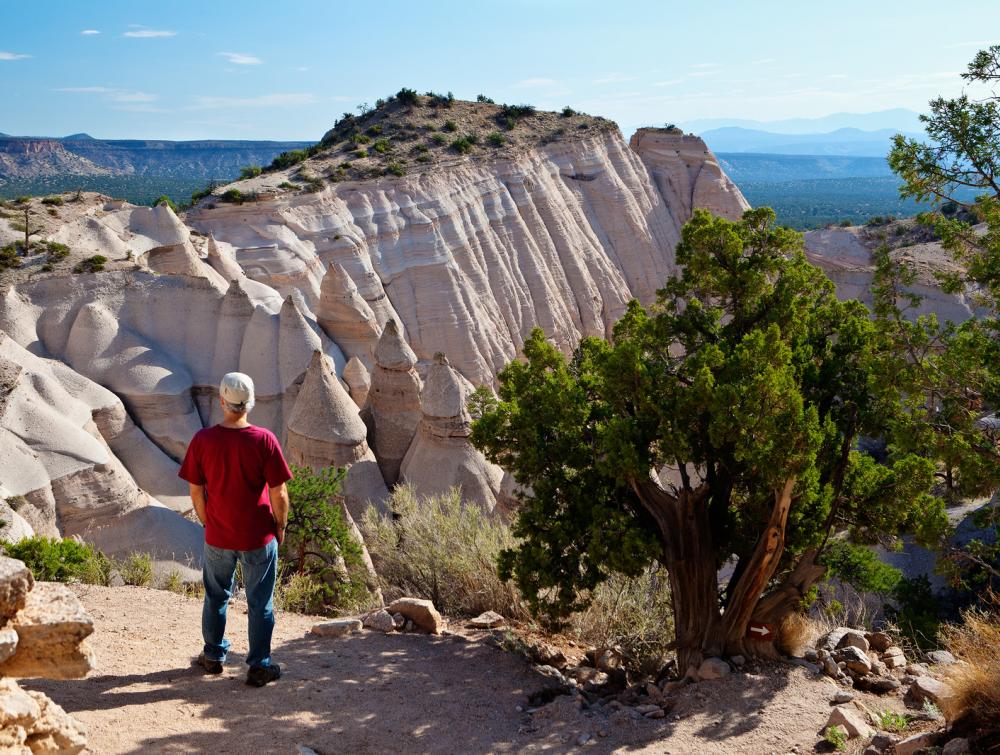Monument Designation FAQs

Bob Wick, BLM
What is a national monument and why should you care about them? Learn the answers with our monument designation FAQs.
Q: What is a national monument?
A: A national monument is a land or historic area that has been given permanent protection by Congress or by the president through the use of the Antiquities Act.
National monuments include wild places and historic places like Canyon of the Ancients National Monument in Colorado and the Statue of Liberty in New York.
Q: Who manages the national monuments?
A: National monuments can be managed by one of four agencies:
- The National Park Service
- The U.S. Forest Service
- The U.S. Fish and Wildlife Service
- The Bureau of Land Management
Q: How many national monuments are there?
A: There are currently more than 100 national monuments.
Q: What is our newest national monument?
A: At the end of his term, President Obama designated Birmingham Civil Rights National Monument (Alabama), including several sites with a deep connection to the civil rights struggle of the mid-20th century; Freedom Riders National Monument (Alabama); and Reconstruction Era National Monument (South Carolina), which recognizes the post-Civil War Reconstruction era.

Gold Butte National Monument, designated by President Obama in 2016. Photo by Mason Cummings, The Wilderness Society
Just prior, President Obama ensured that Native American cultural sites, wildlife habitat and breathtaking landscape will be permanently protected in both Utah (Bears Ears National Monument) and Nevada (Gold Butte National Monument).
Q: What can I do in a national monument?
A: You can do a lot of fun things in national monuments, like
- Camping and backpacking
- Hunting and fishing
- Horseback riding
- Riding motorized vehicles on designated roads
- Hiking and biking
Q: What kind of development is allowed in a national monument?
A: National monuments protect “existing rights,” meaning, whatever you did there before it was protected as a national monument, you can probably still do after it is designated. This includes previously-existing:
- Oil and gas leases
- Access to private property
- Valid mining claims
- Roads and utility infrastructure
- Livestock grazing
Q: What is the Antiquities Act?
A: The Antiquities Act is a law that allows the president of the United States to designate naturally, culturally and historically significant lands as national monuments. Sixteen out of the last 18 presidents have used the law since its enactment in 1906.
Q: Are national monuments only land areas?
A: No. A national monument can be land, such as the Grand Canyon. It can also be a statue, like the Statue of Liberty; a building, like Fort Pulaski in Georgia; or even underwater, like the Marianas Trench off the coast of Hawaii.
Q: Who decides if we get more national monuments and where?
A: Simply put - you and me. National monument designations, like any land protection, are locally-driven from the ground up.
